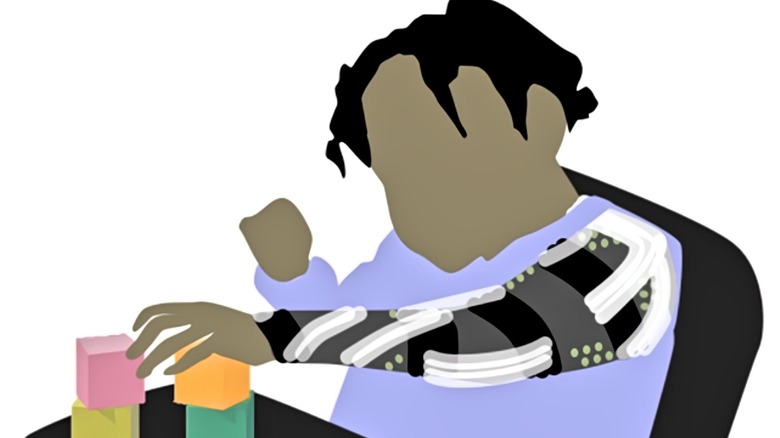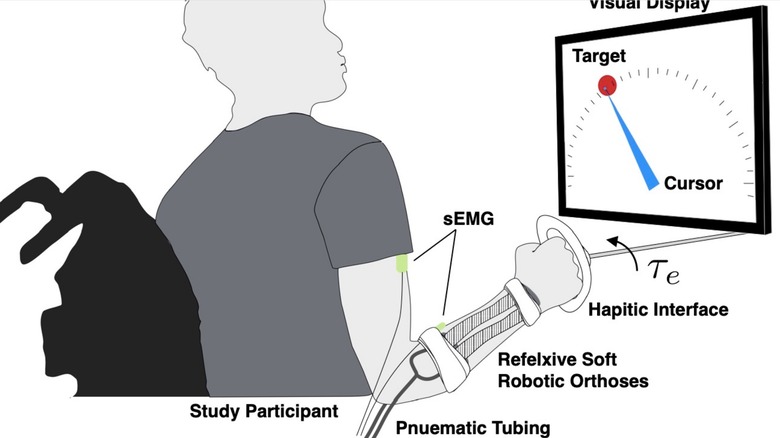How Robotic Garments Could Change The Game For Cerebral Palsy Patients
Cerebral palsy is the most common form of motor disability that affects children, according to the Centers for Disease Control and Prevention. It is estimated that out of every 1,000 live births, anywhere from 1 to 4 show cerebral palsy-related issues, while other studies put the number up to 3.6 per 1,000 children. And as of 2010, 33.3% of the affected children had very limited or no walking ability. But a small percentage of are eventually able to gain mobility using robotic or hand-held devices.
In the past couple of decades, scientists have come up with numerous solutions to restore mobility. For example, researchers at the National Institutes of Health (NIH) developed an exoskeleton that claimed to fix the crouched gait problem and allow individuals to walk. However, the costs are extremely prohibitive for a majority of families, and also turn out to be quite heavy and complicated. Soft robotics just might turn out to be the magic treatment for core issues with treating cerebral palsy.
Experts at the University of California Riverside are proposing a novel solution that puts assistive robotic array right into the fabric that would allow children with cerebral palsy some level of control over arm movements. The idea is to use tiny air pockets integrated with the garment fabric that will inflate when needed, making that area rigid thereby giving the ability to control limb movement.
Solving two problems in one go
The team behind the innovation is focusing on something called "volitional control," which essentially means communicating exactly what function a person wants to carry out. To achieve that, the fabric will have a lot of tiny sensors that will pick up the electrical signals generated in the muscle fibres in a specific area. These electrical signals are then passed through an algorithm which interprets the intention of the human subject (via UCR).
Once the intention has been deciphered in a specific area of the arm, air will be injected into tiny pockets (or bladders), creating a pressure that will move the arm in the desired direction. The idea sounds promising, and it solves another crucial hurdle for folks living with cerebral palsy: cost accessibility. Instead of using sophisticated and bulky assisted mobility machines, scientists aim to use "widely available textiles."
Conducted in partnership with the Children's Hospital of Orange County, the research will begin the prototype testing and refinement on "patients from a pediatric movement disorder clinic," according to UCR. In the long run, team hopes that the innovation will also prove to be beneficial for folks with age-related mobility restrictions or even other types of movement issues in adults.
"If we can help kids brush their own teeth, pour water or open doors, actions that others take for granted, it's a huge win for them," project lead and assistant professor at UCR, Jonathan Realmuto, said.

